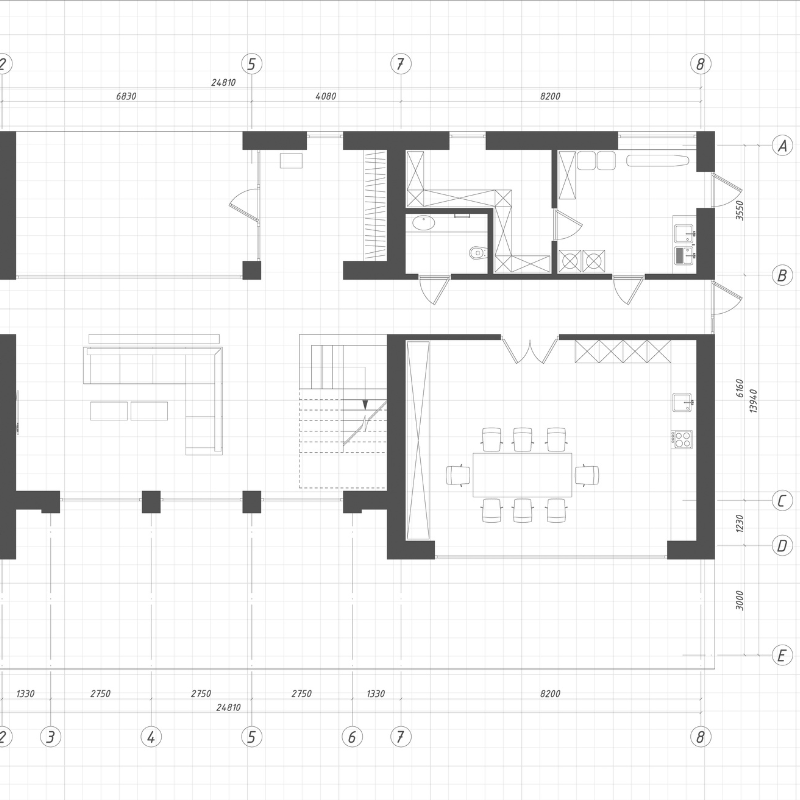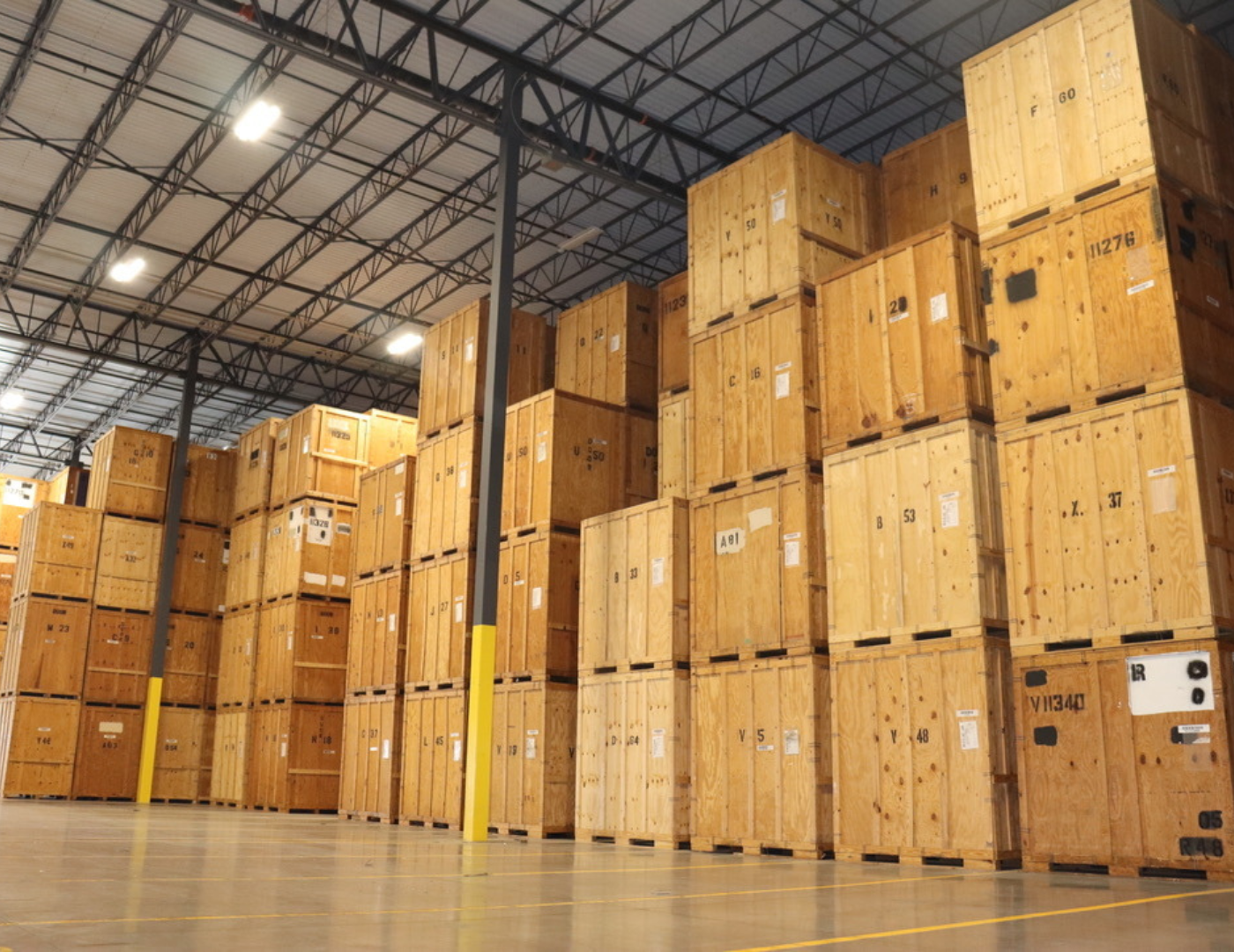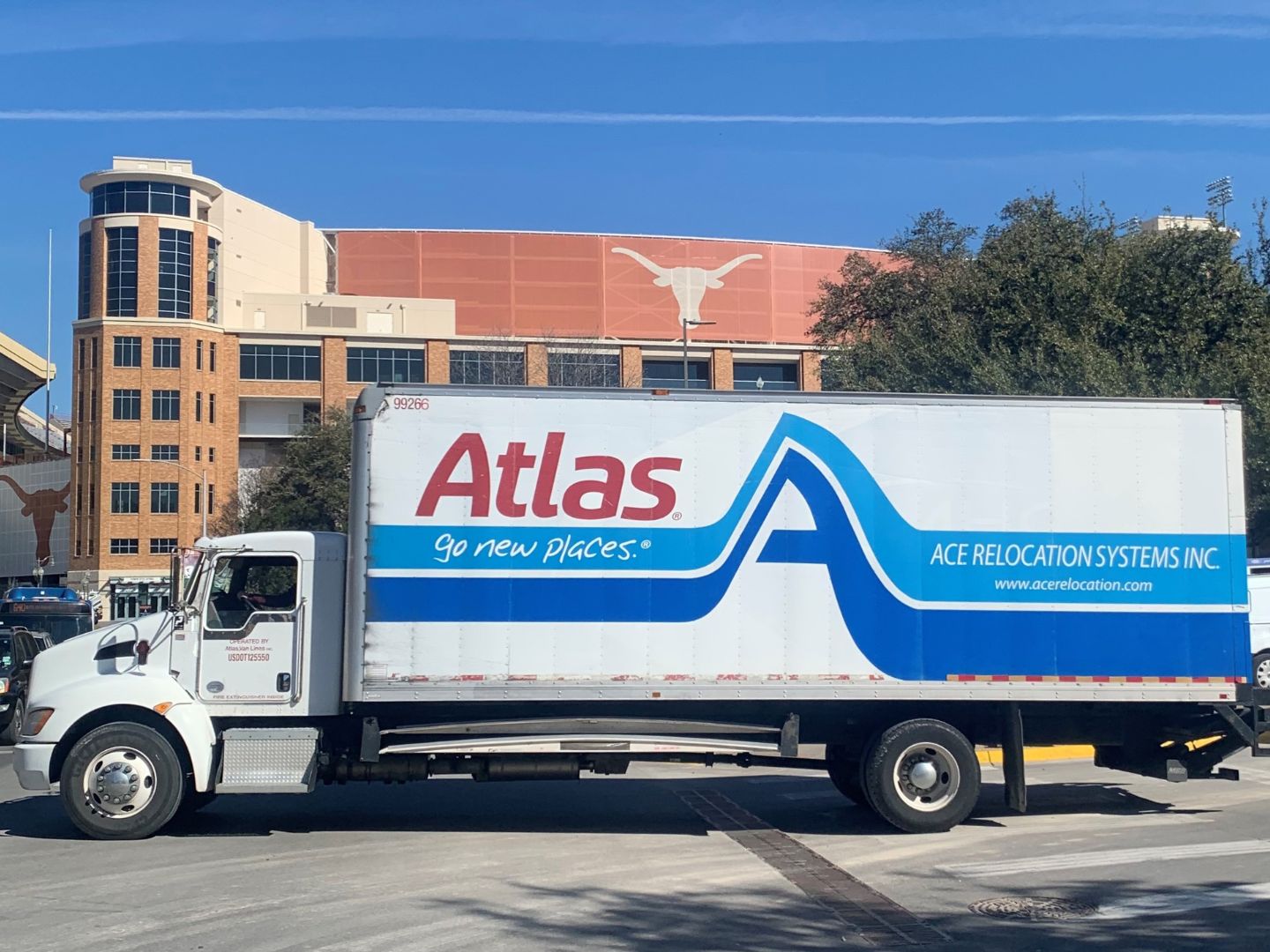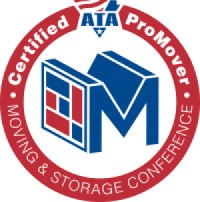The 10 Biggest Office Moving Mistakes To Avoid
When planning an office move, there are several common mistakes that can have significant impacts on the smooth transition and efficiency of the relocation process. Here are some of the biggest mistakes to avoid.
INSUFFICIENT PLANNING
Failing to create a detailed and comprehensive plan is a major mistake. Without a proper plan in place, important tasks may be overlooked, deadlines may be missed, and the entire move can become disorganized.
ACE TIPS:
- Establish a Move Committee with representation from all major functional areas. This will help ensure nothing gets overlooked.
- Beware of things outside your control, such as permitting and tenant improvements. The timelines on these are almost entirely dependent on other parties and can greatly delay move-in dates.

IMPROPER BUDGETING
Underestimating, or omitting, costs associated with an office move can lead to financial frustrations. Expenses such as equipment installation and servicing, potential renovations, possible storage, packing material and professional movers should all be considered when setting a budget. Get a thorough moving survey and estimate early in the planning.
LACK OF COMMUNICATION
Failing to communicate effectively with employees, clients, vendors, and service providers can result in confusion and disruptions. Clear and timely communication is crucial to ensure everyone is aware of the move, its timeline, and any necessary changes or adjustments.

IGNORING IT INFRASTRUCTURE
Many modern offices rely heavily on technology, so neglecting the planning and logistics of the IT infrastructure can lead to significant downtime and disruption. It’s important to coordinate with IT specialists to ensure a smooth transition of equipment, data, and network setup. Make sure to hire movers who are experienced in packing and transporting IT infrastructure.
INADEQUATE SPACE PLANNING
Failure to assess the new office space properly can result in inefficient layouts, insufficient storage, and wasted resources. Consider the needs of different departments and individuals when designing the office layout to promote productivity and collaboration.
ACE TIPS:
- If your office has cubicles or workstation pods that will be reconfigured in your new space, evaluate this well in advance.
- Different configurations may need new parts, and the lead times for those can be long.
POOR VENDOR SELECTION
Choosing the wrong moving company, contractors, or service providers can lead to delays, damaged equipment, or subpar work. Take the time to research and select reputable vendors who have experience in office moves and positive customer feedback.
INCOMPLETE INVENTORY AND LABELING
Failing to inventory and label all items accurately can cause confusion during the move and make it challenging to locate and set up equipment in the new space. Hire a moving company with a well-defined process for packing, labeling, and directing placement at the new location.

INADEQUATE EMPLOYEE INVOLVEMENT
Excluding employees from the planning process and failing to address their concerns can lead to resistance, low morale, and decreased productivity. Involve employees in the decision-making process and keep them informed throughout the move to maintain engagement and reduce stress.
ACE TIPS:
- Your Move Committee is a critical component of employee buy-in.
- Ensure the members of your Move Committee are getting input from employees in their functional areas and sharing updates from the Move Committee.
INSUFFICIENT CONTINGENCY PLANNING
Unexpected issues can arise during an office move, such as delays, equipment malfunctions, or logistical problems. Failing to have contingency plans in place can magnify the impact of these issues. Anticipate potential problems and have backup strategies ready to minimize disruptions.
POOR TIMING
Choosing the wrong time to move, such as during a busy season or without considering external factors like construction in the new location, can lead to complications and added stress. Plan the move during a period that minimizes disruption to daily operations and maximizes the availability of resources.
If possible, schedule the actual move for a weekend. In addition to not disrupting regular work hours, it provides ample time to prep workspaces and test IT systems so staff can hit the ground running Monday morning.
OTHER THINGS TO CONSIDER:
- Some equipment may need to be permitted before it can be installed at the destination. Check with the local municipalities well in advance to avoid delays.
- Specialty items, such as heavy or calibrated equipment, may require custom crating or specialized moving equipment. Identify these items early in the process and work with your moving company to develop a detailed plan.

By avoiding these common mistakes and approaching the office move with careful planning and attention to detail, you can increase the chances of a successful transition and minimize the impact on your business operations.






